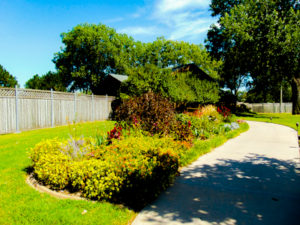
Overall Rating

The Hutchinson Zoo was founded in 1983 in Hutchinson KS. The zoo is 9 acres and is home to approx. 160 animals. The zoo is a member of the Association of Zoos and Aquariums.
Website: www.hutchinsonzoo.org
Hours:
Open year-round
10:00 AM – 4:45 PM
Closed:
New Year’s Day
Thanksgiving Day
Christmas Day
Tickets:
Daily Admission Free
(a $2 per person or $5 per family donation is suggested)
Parking:
Free
Pet Daycare:
Not available.
Service dogs are welcome with proper documentation.
With any extra service provided I would always call ahead for any information.
Restaurants:
There are no restaurants or concession stands here. The zoo does offer some drinks and snacks in the gift shop, and they allow outside food and drink.
Animal Habitats

Education

Cultural Immersion

Navigation

Food Variety

Click here to find out more information about the category ratings.
Our Zoo Experience
The Hutchinson Zoo in Hutchinson KS is a beautiful, little zoo. We stopped here on the way between the Rolling Hills Zoo in Salina KS and the Sedgwick County Zoo in Wichita KS.
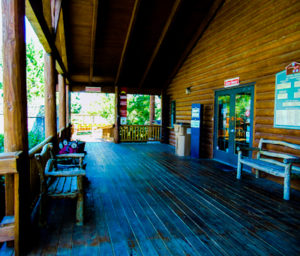
This zoo focuses on the Animals native to Kansas and the Great Plains with a few exotic species. The zoo is 8 acres. You can easily walk the zoo in a couple of hours. As Steve says, “it’s a great get out and stretch your legs kind of zoo.”
Admission is on an honor-based donation system. You pay what you want to pay, but they do have a suggested amount for individuals and another suggested amount for families. The money donated helps the zoo with renovations, animal care, habitat maintenance, and conservation efforts.
Ok let me share with you how Steve and I walked through the zoo and what awesome species we encountered along the way.
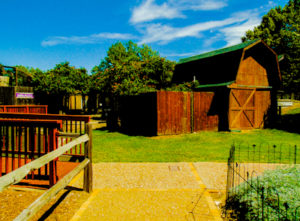
One of the first things we noticed was the picturesque landscaping at the zoo. We really liked the excellent care for the zoo grounds. They have a beautiful picnic area next to the Gift Shop with tables and chairs if you wish to sit and have a snack.
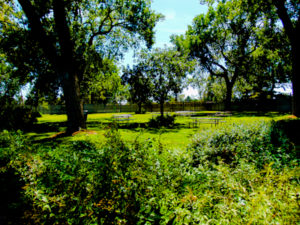
The first exhibits you come to are for hoofstock. These featured Pronghorn Antelope, and White-tail Deer. They have a cute old-fashioned barn for housing the hoofstock. The day we were there the Pronghorn and White-tail Deer were inside in the shade as it was a warm day. Unfortunately, we were unable to get any pictures of them (I guess we will have to visit again, oh darn!).
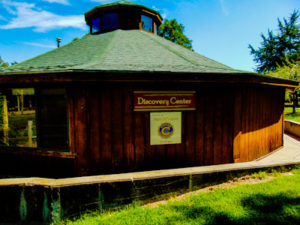
Up next, we went into an amphitheater building. This is a nice gathering place the zoo can use for educational workshops, classes, or a meeting place.
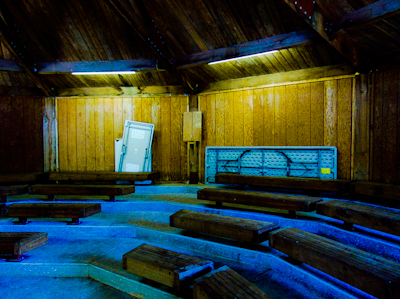
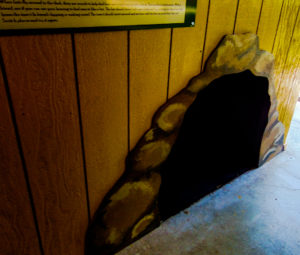
There were also some small habitats in the building for Big Brown Bats, Prairie Kingsnakes, and Black-footed Ferrets.
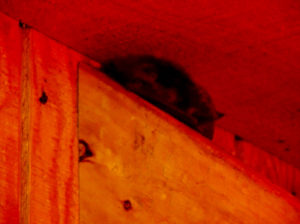
The had excellent educational signage telling you about all the different species and where these Animals call home.
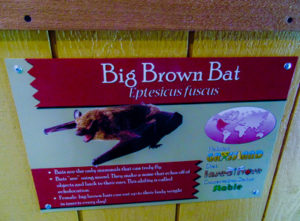
After visiting the hoofstock and exploring the amphitheater, you encounter the Zoo’s Hidden Americas exhibits.
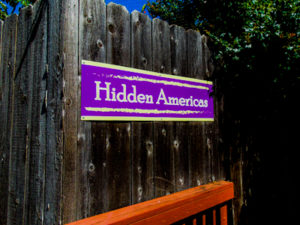
Here you will see excellent habitats for some native species which are normally quite shy and are rarely seen in the wild. It really provides the visitor a chance to experience the native wildlife of Kansas.
Within the Hidden Americas, you will find Racoons, Ringtails, Bobcats, both Red and Swift Foxes, and an American Badger. All of these habitats form a ring around an enclosure for Red Tailed Hawks and Turkey Vultures.
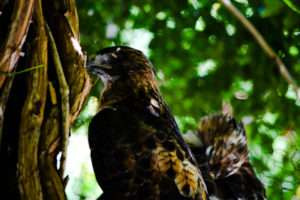
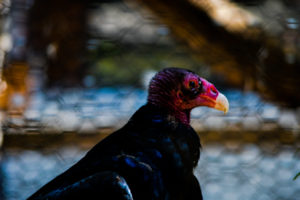
Let’s start on the left and lead you around habitat by habitat. The first species and habitat you will encounter is the Raccoons and next to them the American Porcupine.
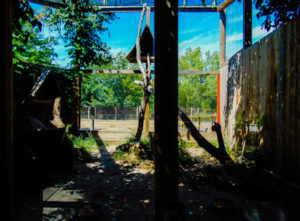
Gosh darn it these nocturnal species were sleeping in their dens. However, the habitats they live in were great! They have plenty of natural elements to make them feel right at home in the Forests of Kansas.
The next and probably the most adorable species is the Ringtail. Since it was a warmer day we thought for sure we would not be able to see many Animals, especially the nocturnal species, because they would be in their cool dens sleeping.
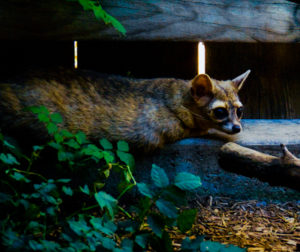
However, the Ringtails were being incredibly active. We were able to take some of the best pictures of Ringtails we have taken to this day.
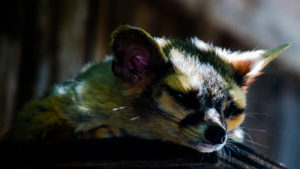
The name “ringtail” comes from the seven or eight black rings on the animal’s tail. Ringtail are sometimes wrongly called ringtail-cats. They are not related to cats at all. They are actually related to the Coati & Raccoon.
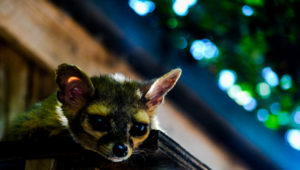
Ringtail are excellent climbers. They can climb trees, rocky cliffs, & even cacti. They can rotate their hind feet 180 degrees. This gives them a good grip for climbing down.
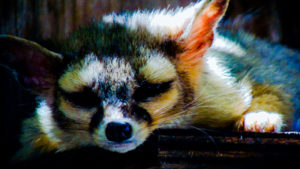
They have excellent eyesight & hearing, both are important for a nocturnal animal. Ringtails can be found from the western United States to southern Mexico.
The next habitat after the Ringtails is the Bobcat habitat (recently renovated too). If you look on the glass of the Bobcat’s habitat the zoo put Aspen Trees on the glass. This is to help the Bobcat feel more secure with the big open viewing window; the trees also help the native Birds not living at the zoo to not fly into the glass.
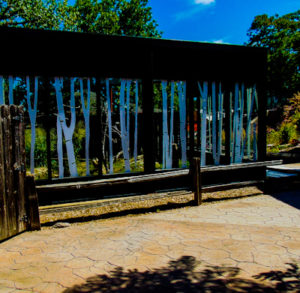
As you continue around the center habitat of the Turkey Vulture and Red-tail Hawks the next species you encounter is the Swift and Red Foxes.
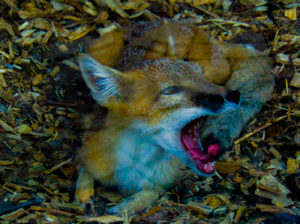
The Swift Fox was laying up close the glass viewing window and the Red Fox was laying back against the wall of its habitat. They are so much smaller than you would imagine.
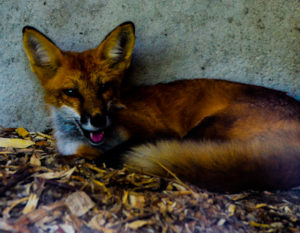
To the right of the Red Fox there was also a nice little shed where a Barn Owl was staying.
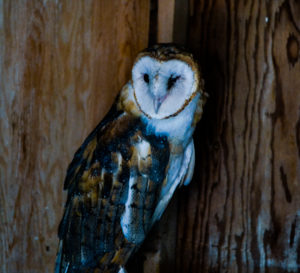
We assumed this was a rescue Animal as it only has one eye, but it was absolutely beautiful. It was quite content to stare us down out of its one good eye.
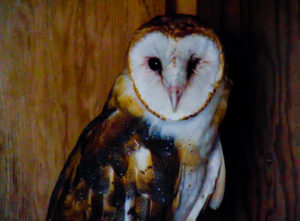
Next to the Barn Owls barn is an amazing little Animal the American Badger.

This little guy was absolutely ridiculous. He was laying on his back with his belly and feet in the air snoozing away in the hole he had dug that morning. This was the first Zoo Steve and I have ever seen an American Badger, and it was awesome!

Before we left the Hidden Americas exhibit, we noticed a beautiful Monarch Butterfly on the sidewalk. It was probably enjoying all of the pretty flowers in the landscaping throughout the zoo.
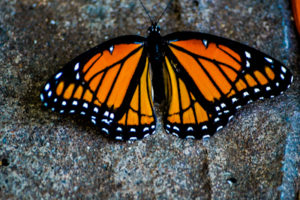
Up next was the Prairie Dog habitat. This habitat has a really neat feature. You can go through a tunnel underneath the habitat and pop your head into a bubble within the habitat. It allows you to really insert yourself into the Prairie Dog’s world. It was not the first time we had seen that feature in a habitat, but it was the first one we had seen in a Prairie Dog habitat.
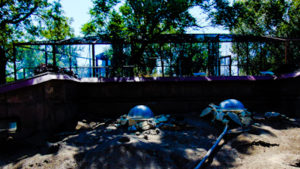
The next structure is an Aviary, but before you step into the Aviary, there is a lake with a viewing area for some Bison.
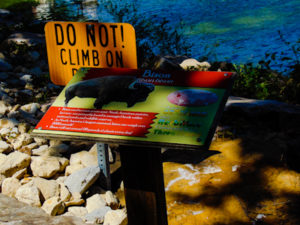
The Bison are pastured on the other side of the lake, but you can still see them across the water. Also, there is a telescope you can plug with some quarters to get a better view. There are also some white pelicans the Zoo keeps on the lake shore.
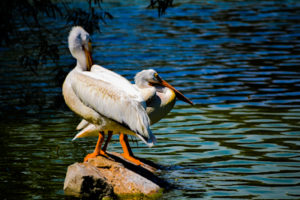
Onward to the Aviary!
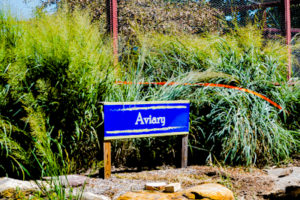
Inside the aviary you will find various water fowl and other Bird species native to Kansas.

There is also a little pond with some very happy Beavers swimming around. They were fun and relaxing to watch.
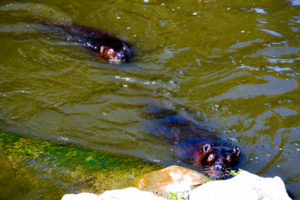
Their habitat has a rocky waterfall into their pond.

They also have a really cool den for the Beavers to sleep in. The Keeper made the Beaver’s bedroom look like the den they would build on a stream or river.
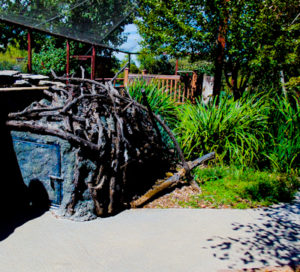
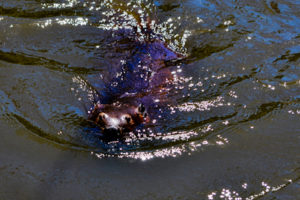
Once you step out of the Aviary, on your left is the River Otter habitat. Unfortunately, this area was under construction when we visited, but we cannot wait to go back and see how it turned out!
So, as we left the Aviary, we headed straight to check out a Children’s Play Area.
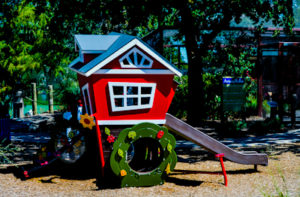
They had a large tent set up where you could dig for Dinosaur bones. It included a slide and at the end of the slide you slide out of the T-rex’s mouth.

There is also a tub for sifting the sand. I really liked the tent covering the area. It is just like what you see on TV and another plus is the sun is not going to burn your tushy on the slide.
After the Dinosaur Dig tent, you can check out the Farm Animals. The zoo had the cutest, fluffy Rabbits.
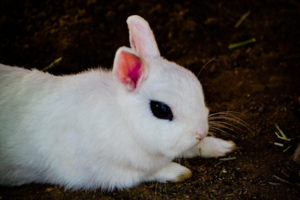
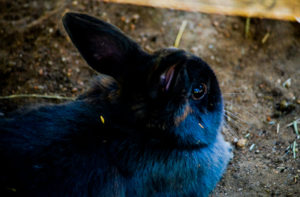
Between the Farm Animals exhibit and the Children’s Play Area is the Sulcata Tortoise habitat. These big Tortoises can live to be 150 years old. This particular Tortoise could not decided whether it wanted to be outside or inside that day so it settled for half and half.
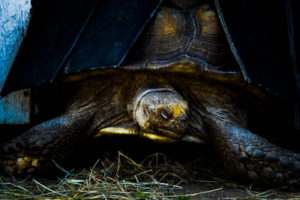
In the beautiful barn is the cutest Miniature Donkey. He kind of reminded me of Eeyore, but you know most Donkeys usually remind me of Eeyore.
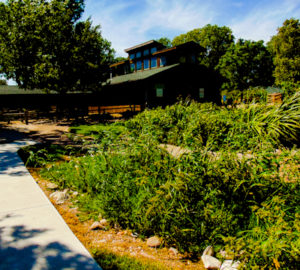
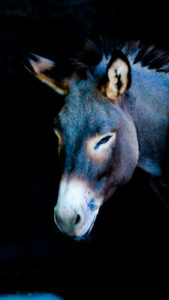
After hanging out with some of the Farm Animals, you can head over to the Herpetarium.
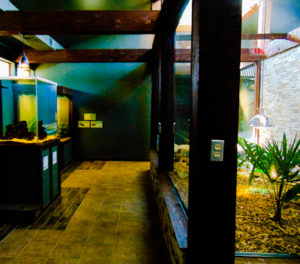
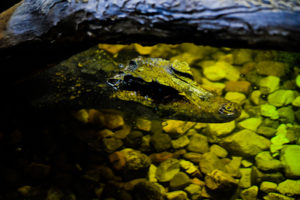
The Hutchinson Zoo has a wonderful little Herpetarium building with a diverse collection of Lizards, Snakes, Turtles, and some Amphibians.
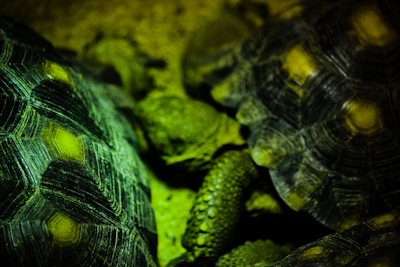
They have species from all around the world in this small building.
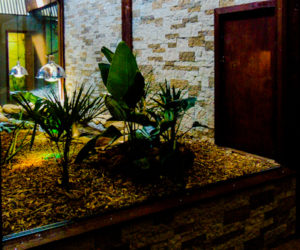
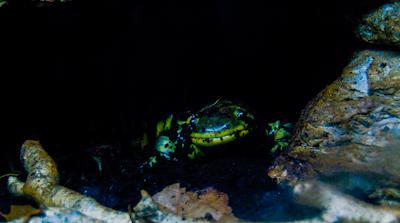
After getting some great Reptile and Amphibian pictures, we moved on to the Raptor habitats. Before we talk about the awesome Raptors living at the zoo I want to share with you what I thought was the prettiest area in the zoo.
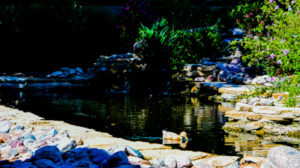
This gorgeous little Duck pond. We walked all around the Duck pond. I was just so pretty with the sun shinning down on it and the little Ducks having a swimmingly good time (see what I did there).
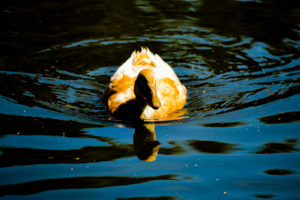
Now, on to the Raptors!
Did you know the word Raptor refers to the large talons which are a common trait for the Birds of prey classified in this family? They had some adorable Burrowing Owls and some very majestic Swainson’s Hawks and Great-horned Owls.
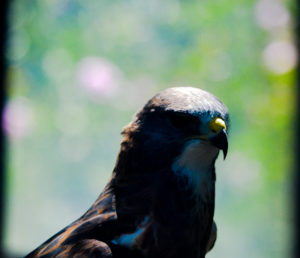
The Great-horned Owl was sitting in what I assume was its favorite tree just mean mugging everyone that walked by. To be fair though they always have an RBF expression on their beautiful faces.
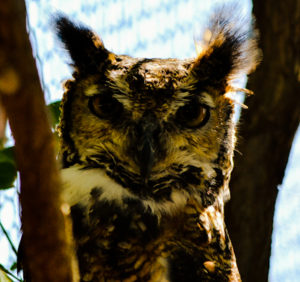
The Burrowing Owls were being true to their name. They were in the tall grass near the opening to their burrows. Did you know Burrowing Owls will use the old abandoned burrows of Prairie Dogs?
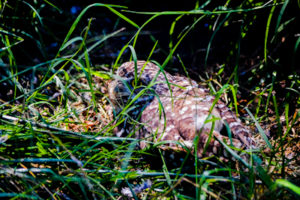
We really enjoyed our visit to the Hutchinson Zoo. Be sure and check it out next time you are driving through central Kansas. We can’t wait to visit again and see what’s new!